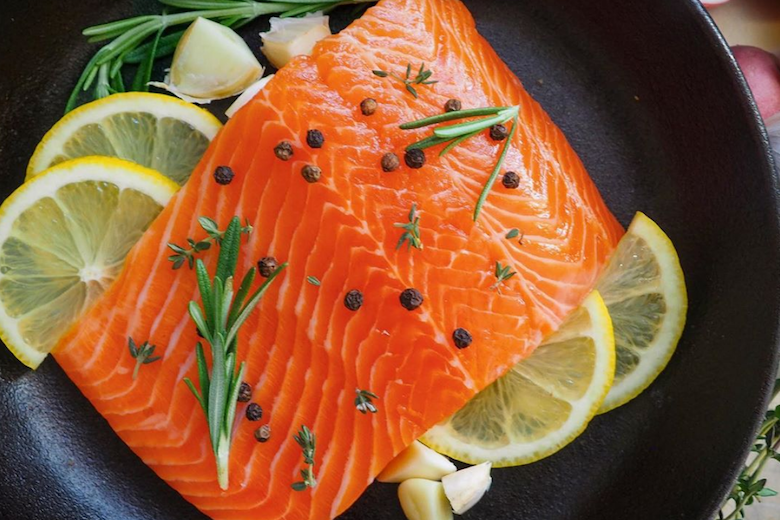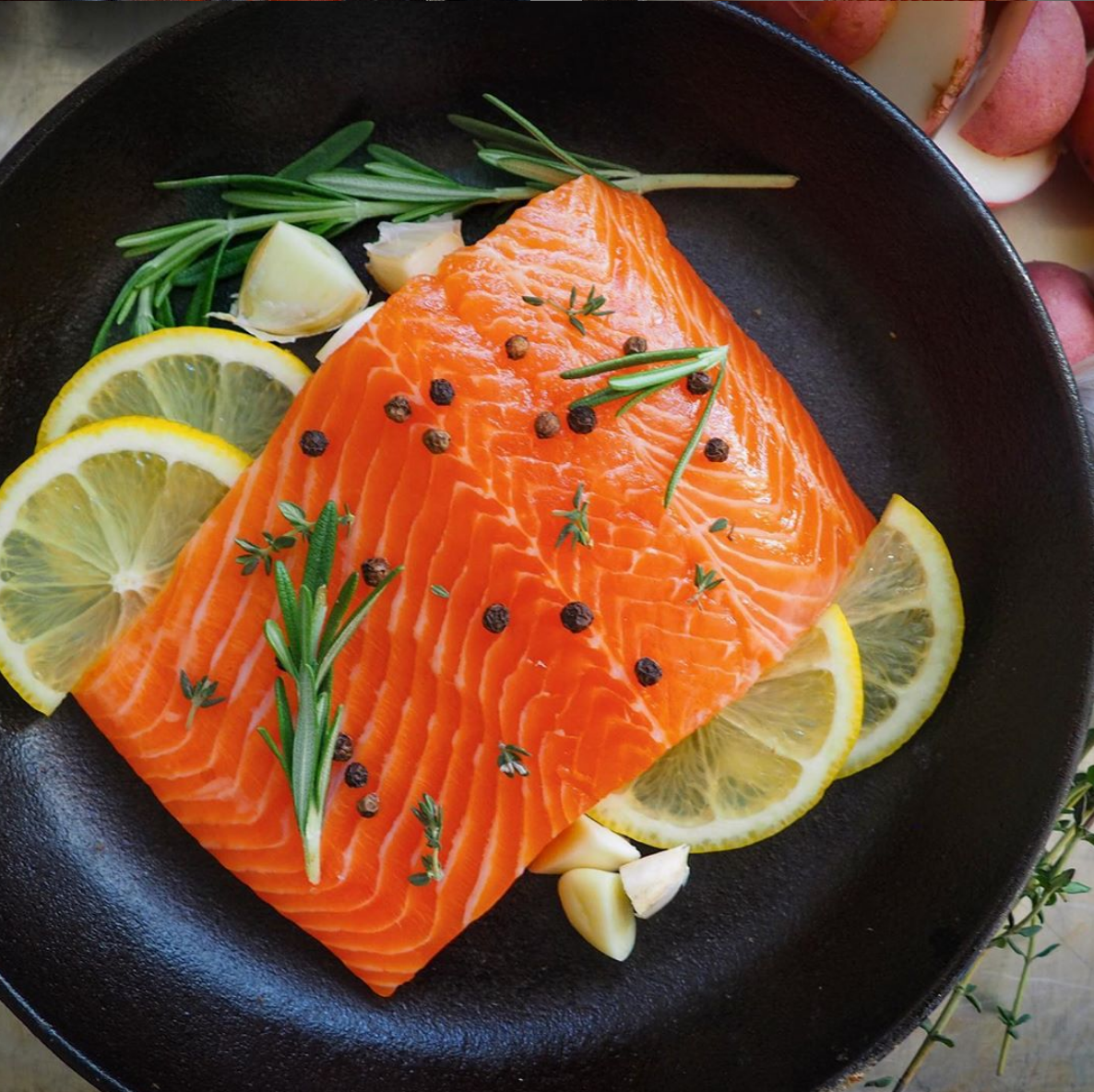

Inland aquaculture in the United States is a food industry in which operators are literally few and far between. The industry has suffered by association with the negative reputation of ocean-based aquaculture systems. However, contemporary operators using recirculating aquaculture systems (RAS) and applying a climate-sensitive mindset are producing a highly sustainable and delicious fish with low energy inputs and low waste. KK&P recently worked with Hudson Valley Fisheries (HVF) and Hudson Valley AgriBusiness Development Corporation (HVADC) to research opportunities in and approaches to value-added processing for inland aquaculture.
HVF is an inland aquaculture company based in Hudson, NY, that produces steelhead trout—an anadromous variant of rainbow trout native to freshwater and ocean regions around Alaska and the US’s Pacific coast. Steelhead trout are larger than rainbow trout and have fillets that are similar in appearance to salmon. By using a recirculating aquaculture system in an inland setting, HVF is able to harvest thousands of pounds of steelhead each week with zero risk of intermixing with wild fish populations, with no use of antibiotics or other chemical inputs, and with a water recycling rate of 99%. In addition to those metrics, HVF is able to produce fish year-round with very low food miles—they’re located within 3 hours delivery time to millions of consumers in Boston and New York City.
Similarly to innumerable food producers and distributors over the past five months, HVF’s business model was turned upside-down by the COVID-19 pandemic, requiring pivots to new markets and efforts to adapt its product line. HVF is now pursuing an opportunity to develop value-added processing capacity in the Hudson region, including hot- and cold-smoking, ready-to-eat foods, and ground products. At the same time, HVF is considering its positioning in the aquaculture marketplace and future initiatives relating to sustainability practices and certifications. KK&P performed research for HVF in both of these arenas, examining the potential for and requirements of value-added processing as well as potential approaches to sustainability that would position HVF as a leader in the sector.
Our research included conversations with several aquaculture sector experts, in order to develop a better understanding of the dynamics, opportunities, and gaps in the industry. We also worked with food equipment consultants to better understand the actual spatial requirements of value-added processing equipment when right-sized to HVF’s likely harvest volumes, and develop a space program for a hypothetical facility that would meet the company’s needs and intended uses while still allowing for growth and safe operations.
Our hope is that this research will help HVF and HVADC make appropriate investments into processing infrastructure and sustainability efforts in the coming years.
